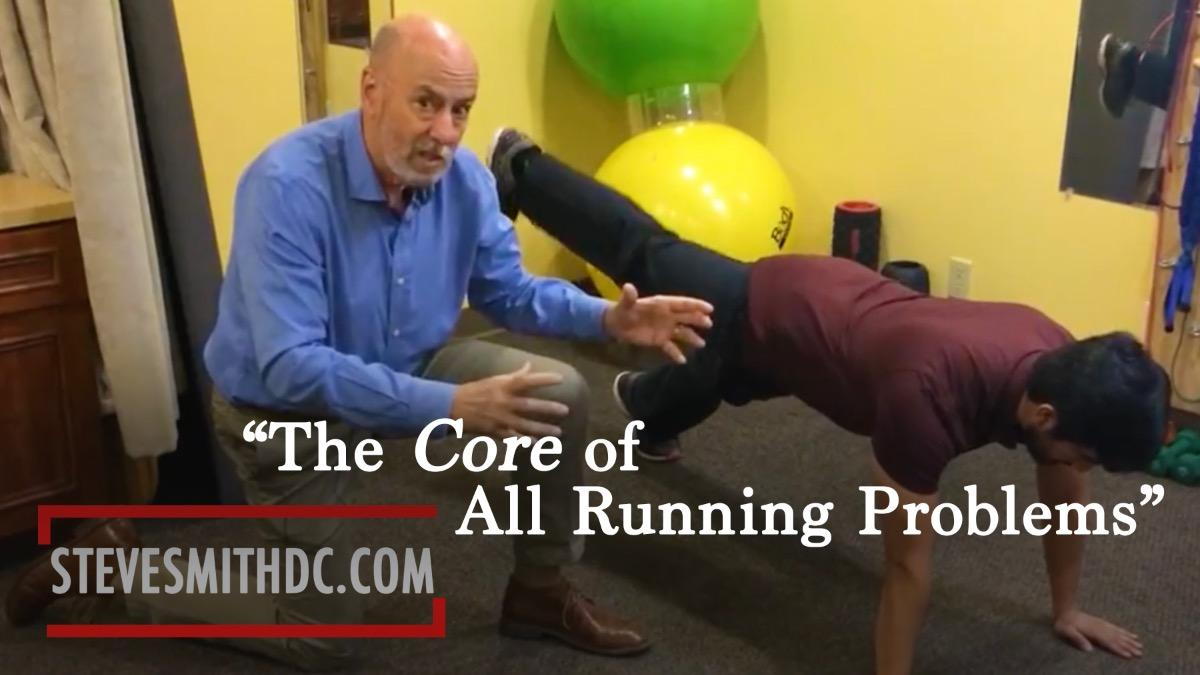
How to be a Better Runner by Strengthening Your Core
Abdominal strength has a real and immediate effect on your running gait, and the faster you go, the more your abdominal muscles participate in your gait.
Many running injuries can be traced back to weak core muscles that result in poor running biomechanics.
If you are looking to improve your pace and lower finish times, strengthening your abdominal muscles may be a straight path to a breakthrough. If you are injury prone, abdominal strength might be the key to resolving the problem.
The Importance of Core Strength
To understand why the abdominals are so important, we have to look at how your hip and torso moves during the gait cycle.
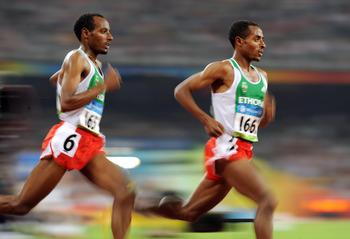
When running, the right leg swings forward, your hip will twist slightly forward at the same time the shoulder will twist slightly back in counterrotation. This causes natural twist in your spine, causing elastic potential energy.
Some of the twist is a result of the way the joints fit together and some of this action is caused by the way your muscles contract.
Much of this twisting and arm swing is done to keep you in balance. If you don’t believe me then try running and swinging your arm in the same direction your leg is moving! When the twist gets just tight enough, you tend to snap into the opposite direction, counterrotation. Makes sense, right?
If you have a strong core, the twist will be tight and more power released when you unwind. If you have strong oblique abdominal muscles, these are the abdominal that run across your waist sideways, the twisting motion will work efficiently.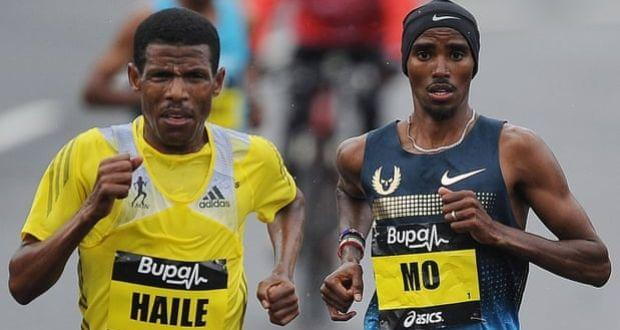
But what happens when there is not enough abdominal strength?
Your brain will actually calculate a way to sequence other muscles to do the work. That means the muscles that run right through the middle of you get twisted in a way they were never intended. Your gluteal muscles get wrapped tightly wrapped around your hip, your leg rotates awkwardly, your knees will torque too much, and then your arches collapse. In other words, every part of the chain of movement is now under a lot of strain. Now let’s take this whirling twisted mess out for a fast eight-mile run. You feel pretty good, but every muscle is working at a disadvantage. It isn’t long before the overloaded muscles just can’t keep up with the demand, then your IT band erupts in a painful protest. See where I’m going with this?
You need a strong core.
Knowing the Core
Okay, what exactly is the core? They don’t have a “core” in any of the anatomy books. (Believe me, I’ve looked in those books.) This is where abundant opinion exists.
I am here now to substitute all other opinions and insert my own. Core muscles are made up of the back muscles, psoas, and abdominals.
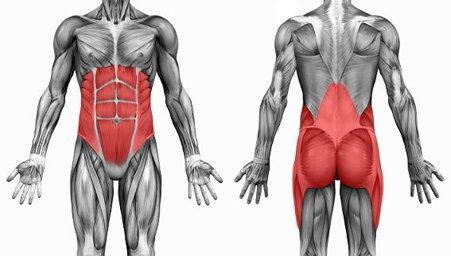
Some folks add in the muscles of the pelvic floor, fair enough. Yet others will add in the diaphragm, okay I’ll go with that opinion as well. But let’s look at the primary core muscles and concentrate on the big three:
Back Muscles
There are a lot of them. I like the multifidus and the quadratus lumborum, but there are quite a few others.
They all tend to work together and they twist, bend, and straighten your back in all sorts of ways. The main take away about your back muscles is that if they are strong, you’ll have a good strong pillar, right in the middle where everything is attached.
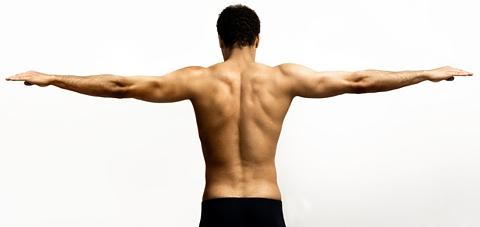 Psoas
Psoas
The Psoas are the muscles that are attached to the upper part of your lower back and connect to the inside of your thigh bone. They swing your leg forward or, if your foot is planted on the ground, they pull you forward. These muscles also control the sideways movement of your pelvis. And, as if that is not enough, they hold your pelvis level when your foot is off the ground.
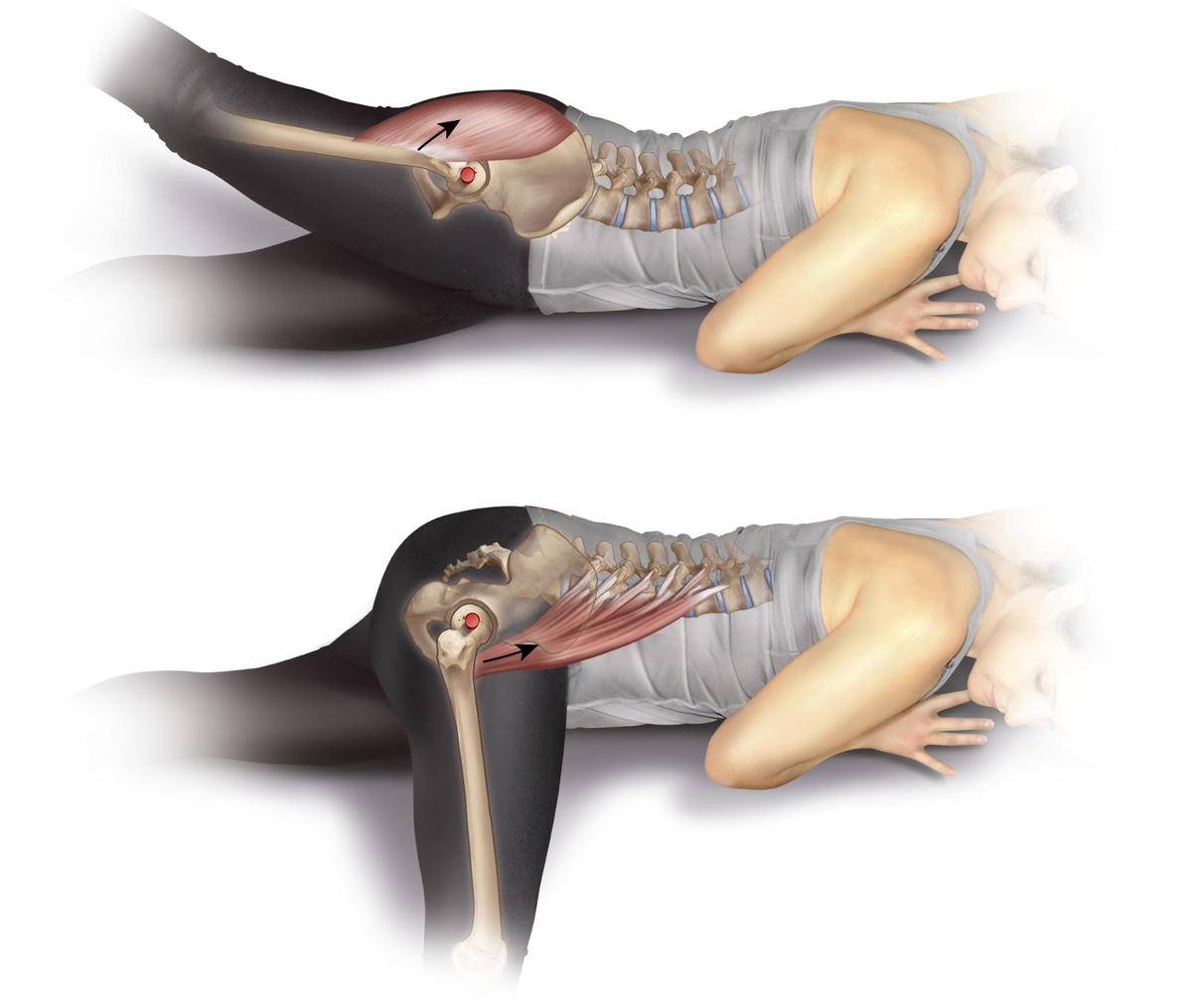 Abdominals
Abdominals
Next on the hit parade of all-time, most important core gait muscles are the abdominal muscles (abs).
The abs run straight up from the pelvis to the lower ribs. But they also run sideways and they run oblique. They crisscross from the front of your body and wrap around to your back. The abs are the twist and spring muscles. They also help control the tilt of your pelvis.
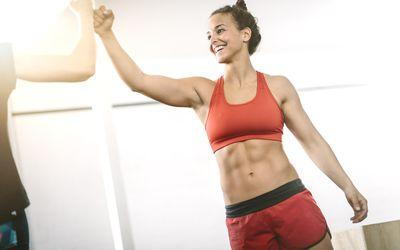 Strengthening The Core
Strengthening The Core
Phew, now that we have the anatomy and structure part of the discussion out of the way, let’s talk about the best way to strengthen your core to optimize your gait and prevent injuries.
I’ll bet you are thinking about sit-ups right now.
Relax!
No sit ups.
Don’t get me wrong: I love sit ups! They cause back problems, I treat back problems and I charge for those treatments. See why I like sit ups?
Seriously though, I like exercises that mimic movements you would naturally do in a primitive state. Think about gardening for a minute. There is a lot of reaching, lifting, bending, pulling, kneeling, and pushing. Think about planting, hunting, building a shelter, clearing a path. Think about all the movements that would have been done a thousand years ago.
Where in these movements would you have done a hundred sit-ups, leg extensions, hamstring curls, overhead reaching?
If you think about natural movements when designing exercises, you are on the right track because those are the very movements we were born to do. These are called “Functional Movement Exercises,” and they are exercises that have a specific function that is natural to our bodies.
Functional Movement Exercises.
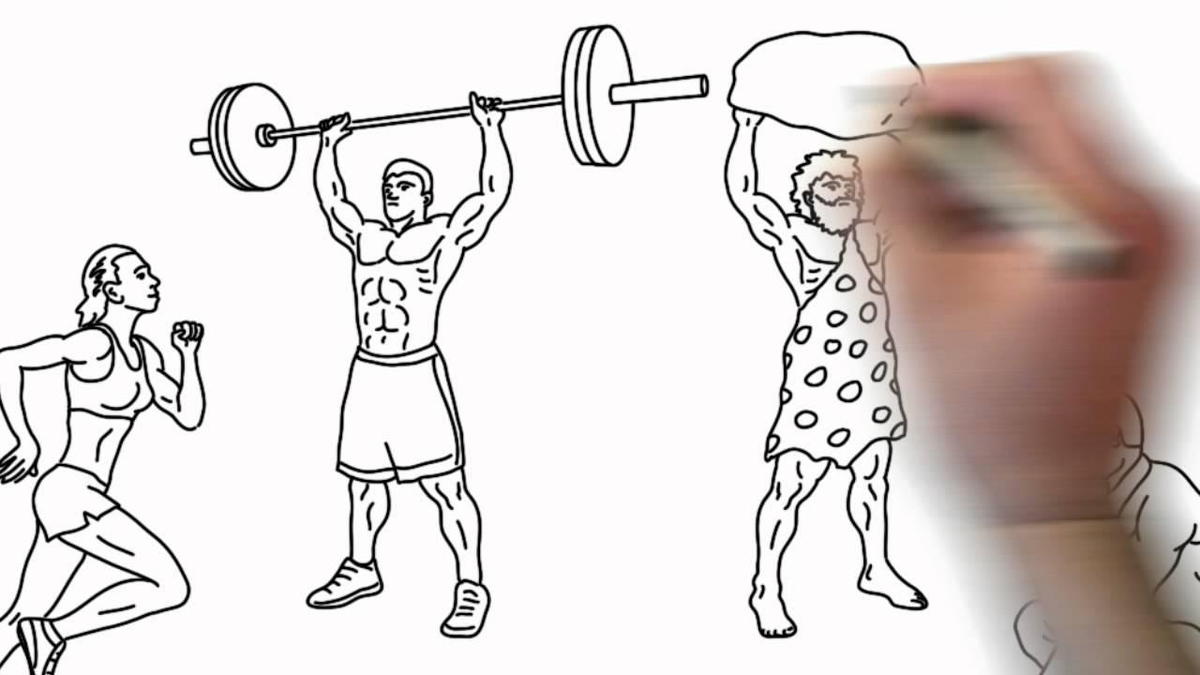
So now that we have put it that way, what are some Functional Movement Exercises that will strengthen your core?
Bending and twisting against resistance, raising your knees, pulling against a heavy object, chopping movements, pulling up from the ground (especially if you are coming up from a squat position), crawling on your back and on your stomach, and climbing. You would have done all these exercises on the hunt, gardening, picking fruits from a high place, or building a hut.
You have only to use a little imagination to come up with a dozen ways to strengthen your core. The more ways you do it, the more you mimic nature, the stronger you get and the better you function.
Core Exercises
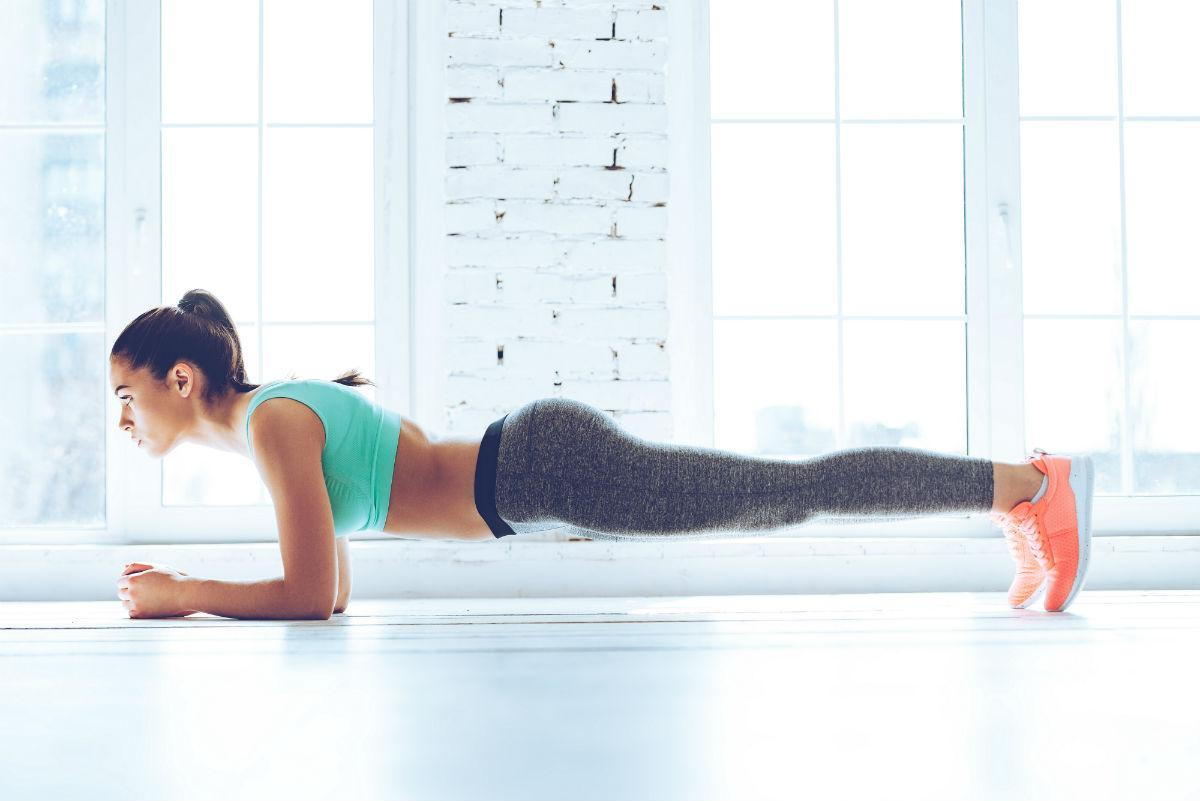
Planks, how useful are they? Where in nature would you ever do a plank? This is an isometric exercise that strengthens you, but only in one position.
Muscles need to be strengthened along their entire range of movement to be functional.
Want a good plank with movement: walk on all fours, without your knees touching the ground across a room or grassy field. That’s planking, but with movement. Then flip over and do a crab walk forward and backward. Burpees, although not recommended for older people, are a tremendous full body workout and they work your core.
Pull-ups with knee-ups, Gecko crawls, quadruped, resisted rotations, knee thrusts against resistance bands, pulldowns while kneeling are all versions of core strength.
Pick three core exercises and give them a try.
Go easy and check for excessive soreness. Rest for a day or two then add two or three different core exercises. Two or three days later add a couple of more exercises to your repertoire. Just do a few of your core exercises at any one time.
Soon you have ten or twelve core exercises and your workouts will be interesting and fun.
If you add in the right nutrition program, you’ll have a great looking core in no time at all. But more important than looking good, you’ll be a bulletproof running machine ready to go the distance without the worry of injuries.
See you out on the roads and trails!
Dr. Smith


